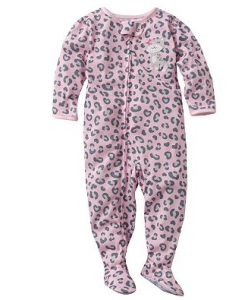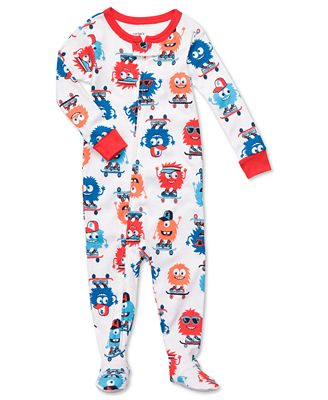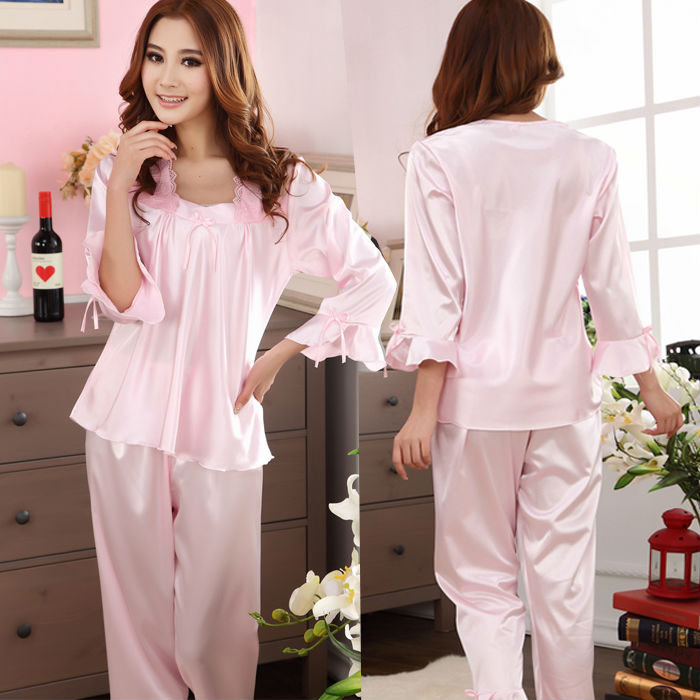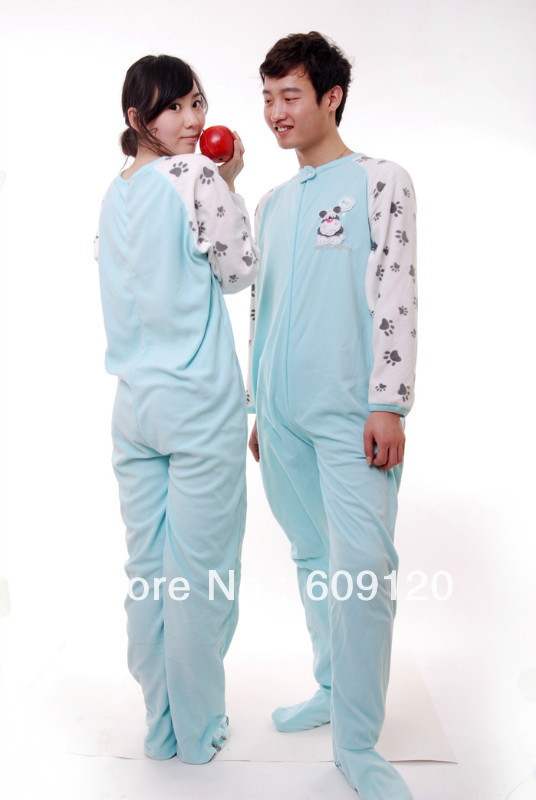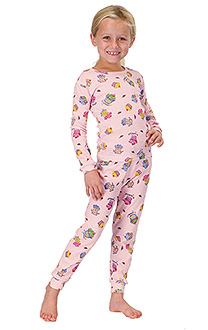Carters Pajamas Biography
William Carter was the founder of William Carter Company in 1865. William Carter (1830–1918) was born in Alfreton, Derbyshire, England. He arrived in America on January 28, 1857. He married Martha Lee. They had four children.: William Henry Carter (1864–1955), Horace A. Carter (1869-?), Mary Elizabeth Carter (?-?), and John J. Carter (?-?).
In 2012, Carter's, Inc. announced that Braselton, Georgia would receive their one-million-square-foot, $50 million distribution center that will support their e-commerce, retail, and wholesale businesses. The company hopes to create 1,000 jobs at the facility by 2015.
Headquarters[edit]
The company has its headquarters in Suite 900 in The Proscenium,[2] in Midtown Atlanta.[3]
In October 2012 the Atlanta Business Chronicle reported that Carter's Inc. was likely to lease in the Phipps Tower in Buckhead for its headquarters.[4] In December 2012 Carter's Inc. announced that it was moving its headquarters from Midtown Atlanta. The lease of 222,730 square feet (20,692 m2) of space is one if the largest headquarters leases to have occurred to date. The estimated value of the lease, except for concessions and escalation, was $70 million. The lease in Midtown is scheduled to be terminated on December 31, 2013.[3]
The company consolidated its out of state jobs into the new facility, with 200 additional jobs going to Buckhead. Manulife Financial Corp owns both the Proscenium and the Phipps Tower so Carter's terminated its lease early in one building and moved to the other.[5]
Blanket sleepers are usually intended as practical garments, worn mostly by younger children and only in the home. Style and fashion thus tend not to be important in its design, and the basic design of the typical blanket sleeper has changed little over the years.
The sleeper serves mainly to keep the wearer warm at night, even in the absence of blankets and bed covers. The sleeper covers the entire body except for the head (except in certain cases where a hood is present) and (in most cases) hands (except in cases where a sleeper has attached mitts,mostly on infant sizes), where it is snug at the neck and wrists. The use of a zipper closure in place of buttons or snap fasteners also further retains warmth by eliminating drafts. This is especially important for infants, for whom loose blankets may pose a safety hazard (including increasing the risk of SIDS), and possibly for older children, who may still be too young to be relied upon to keep their own sleepwear or bed covers adjusted so as to prevent exposure to the air of bare skin. This is reflected in advertisements by blanket sleeper manufacturers, which often emphasize that their garments "can't be kicked off", or that "no other covers are needed". The permanently attached feet can also be a beneficial feature for children who are prone to get out of bed in the morning before their parents are awake, and are too young to be relied upon to put on slippers or other footwear to keep their feet warm,as well as for adults who find putting on,and/or wearing socks in bed too bothersome, yet still want their feet covered when getting out of bed in the morning. Blanket sleepers without feet allow more room for growth and reduce the possibility of slipping. Also, children with larger or smaller feet find a better fit.
The blanket sleeper is designed so that it can be worn either by itself as a standalone garment, or as a second layer worn over regular pajamas or other sleepwear. The one-piece design is simple to launder and has no detachable pieces that could be individually misplaced.
Yet another potential benefit of the blanket sleeper is that it may help prevent infants from removing or interfering with their diapers during the night. This can also apply to older children with certain developmental disabilities, such as Angelman syndrome. In particular, parents of Angelman children have been known to take such additional measures as cutting the feet off the sleeper and putting it on backwards, and/or covering the zipper with duct tape. Some specialty locking clothing and other adaptive clothing purveyors offer blanket sleepers, with or without feet, for adults with dementia or other disabilities, for similar reasons.
Blanket sleepers may also appeal to cultural mores relating to body modesty. This can, for example, be a consideration for some parents when siblings sleep in the same room and/or bed.
Materials[edit
The range of materials used for mass-produced blanket sleepers for children is severely limited, as a result of stringent U.S. government-imposed flammability requirements. Essentially the only materials used since the 1950s are polyester, acrylic, and modacrylic, with polyester dominating. Unfortunately, this can have a negative impact on comfort for many wearers, particularly children with eczema. A small number of sleepers are made from cotton.
Adult-size sleepers, especially those sold by small Internet businesses, can be found in a wider range of materials, including natural fabrics such as cotton flannel. Some web businesses also offer sleepers in natural fabrics for children, but only outside the U.S. In particular, special eczema sleepsuits for children, made of cotton and with built-in mitts designed to prevent scratching, are available from specialty stores in the UK.
The fabrics used in most blanket sleepers have a strong tendency to pill. Although this does not adversely affect the garment's functional utility, it has the effect that a used garment can be clearly, visually distinguished from a new one after only a small number of wearings or washings.
Decorative features such as appliques or printed designs usually follow juvenile themes, and are designed to make the garments more attractive to the children who wear them. Some adult sleepers can also have appliques on them, but those tend to be from Internet clothing suppliers who offer custom-made sleepers and tend to be of favorite cartoon characters or items that the wearer had in childhood such as teddy bears and animal representatives that they had as pets.
